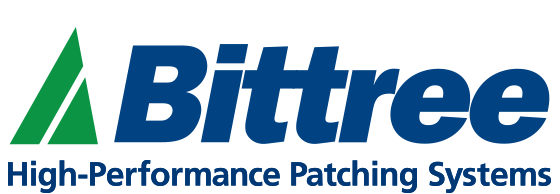Posted in Get Connected, Patch Panel
Fiber optic patch panel, also known as a cross-connect patch panel, is a gathering of port locations in a centralized hardware device merging communications between multiple users. The actual fiber optics of individual cables can be separated out and spliced to individual fibers on other cables within the patch panel, creating multiple connections and routing options. The fiber optic patch panel makes it safe to work with exposed fibers.

Fiber optic patch panels come in two different types. The first is a wall mounted unit, which in its basic configuration, can keep up to a dozen fibers separate from one another. If there are unused fibers in a cable that is being used in a patch panel, an engineer can route these fibers to another patch panel, or a patch panel designed to hold more individual fibers can be used. Wall mounted fiber optic patch panels can be built to house up to 144 fibers separately.
The second type of fiber optic patch panel is a rack mounted panel. Usually built to open like a drawer, individual fibers are held horizontally. The ability to slide the panel open exposes all of the individual connections, making modifications and updates an easy fix. Engineers often times use a fiber optic patch panel to test individual fibers within an optical cable. The ability to separate individual fibers makes it easier to pinpoint a faulty connection. Testing of connections is a much more efficient way to organize and detect signal flow issues within a network hub.
Fiber optic cables have to be split at one end to expose individual fibers. These fibers can then be sent to individual ports containing fiber optic adaptors, which can then be used to plug in different combinations of devices. Adaptors on a fiber optic patch panel can come in a variety of sizes and shapes.
If you want to discuss how a fiber optic patch panel can improve your workflow in your recording studio, drop us a line at +1 (818) 500-8142 or email us at marketing@bittree.com
We love to talk signal flow!
Subscribe to our newsletter and always be the first to hear about what is happening.
© 2025 Bittree

Jack Field
Author